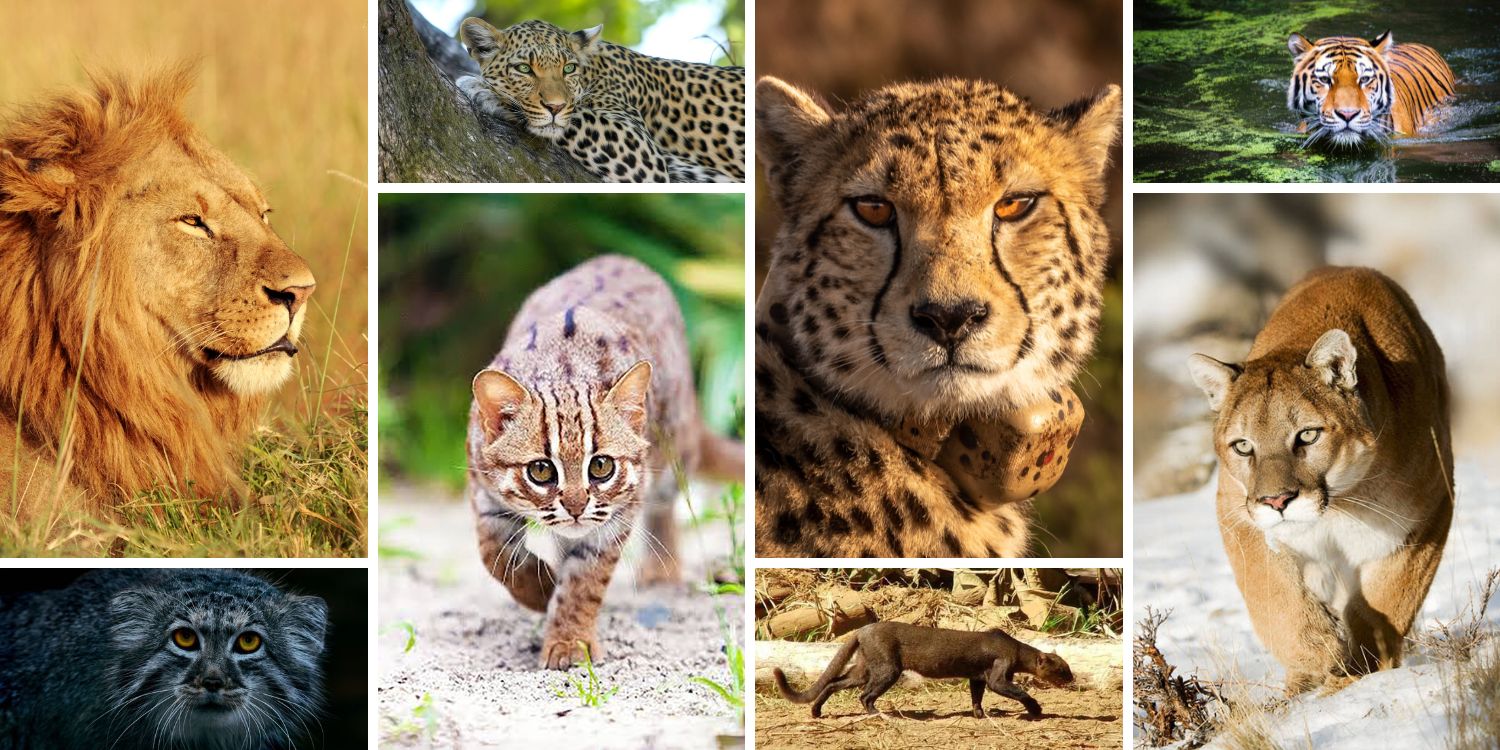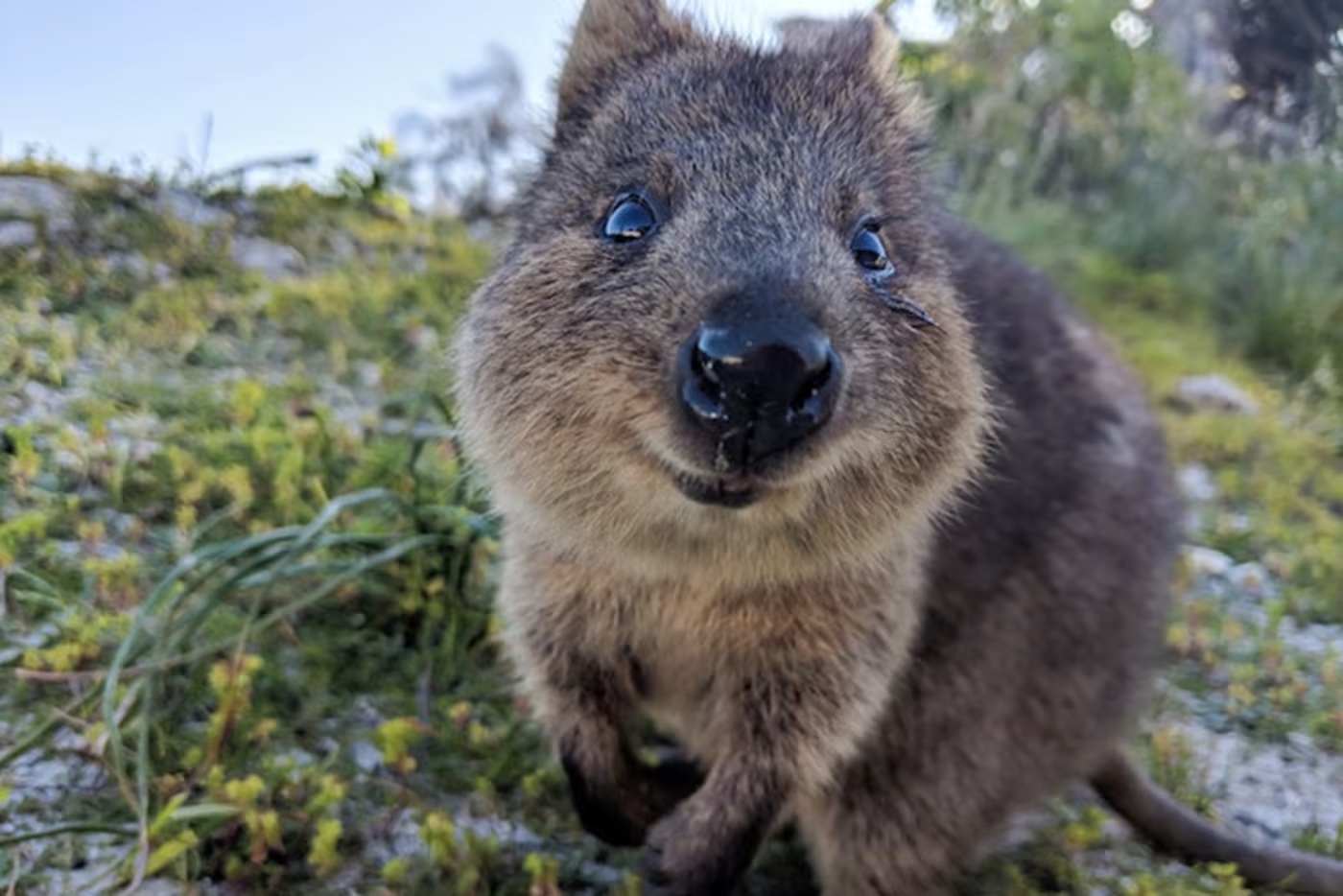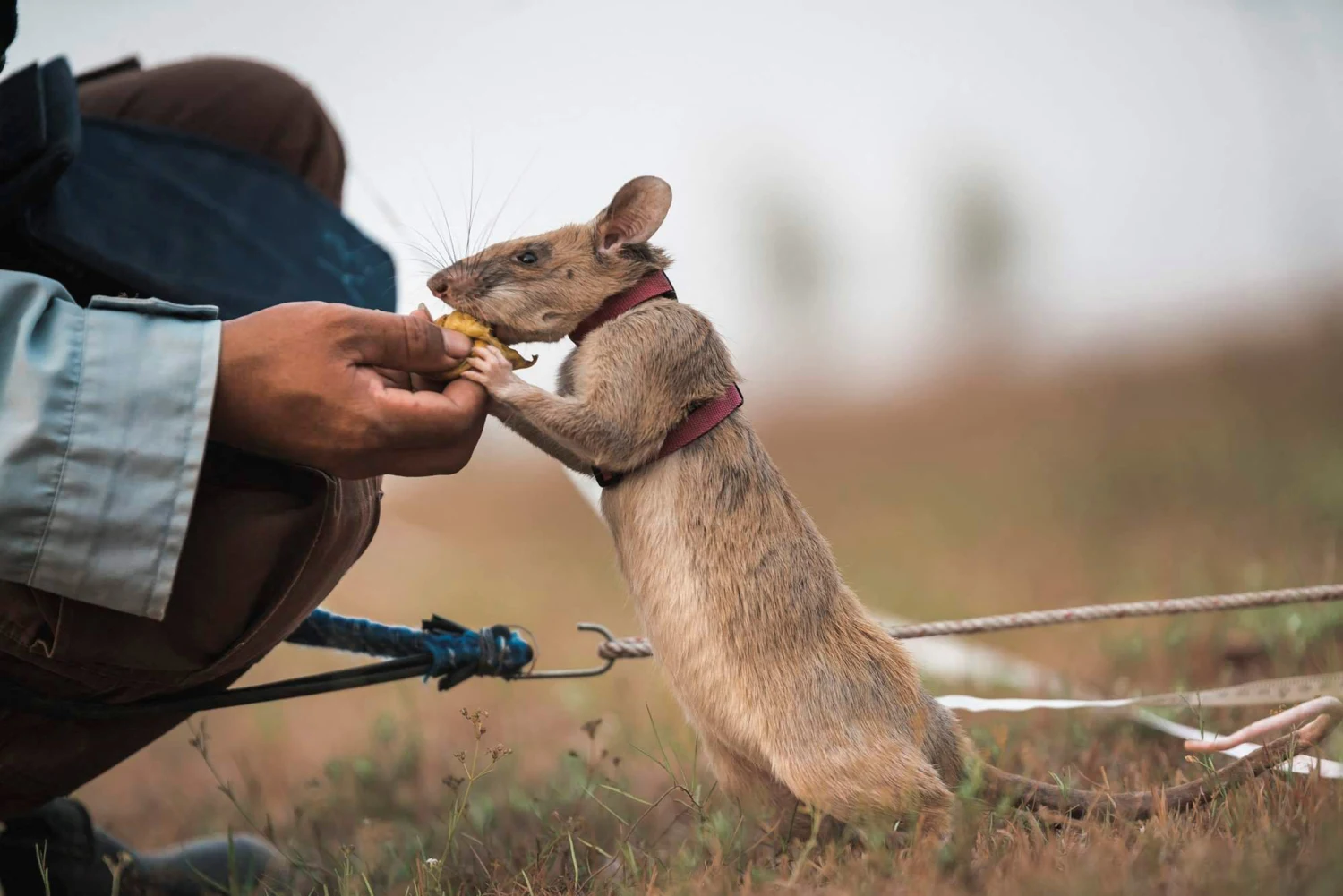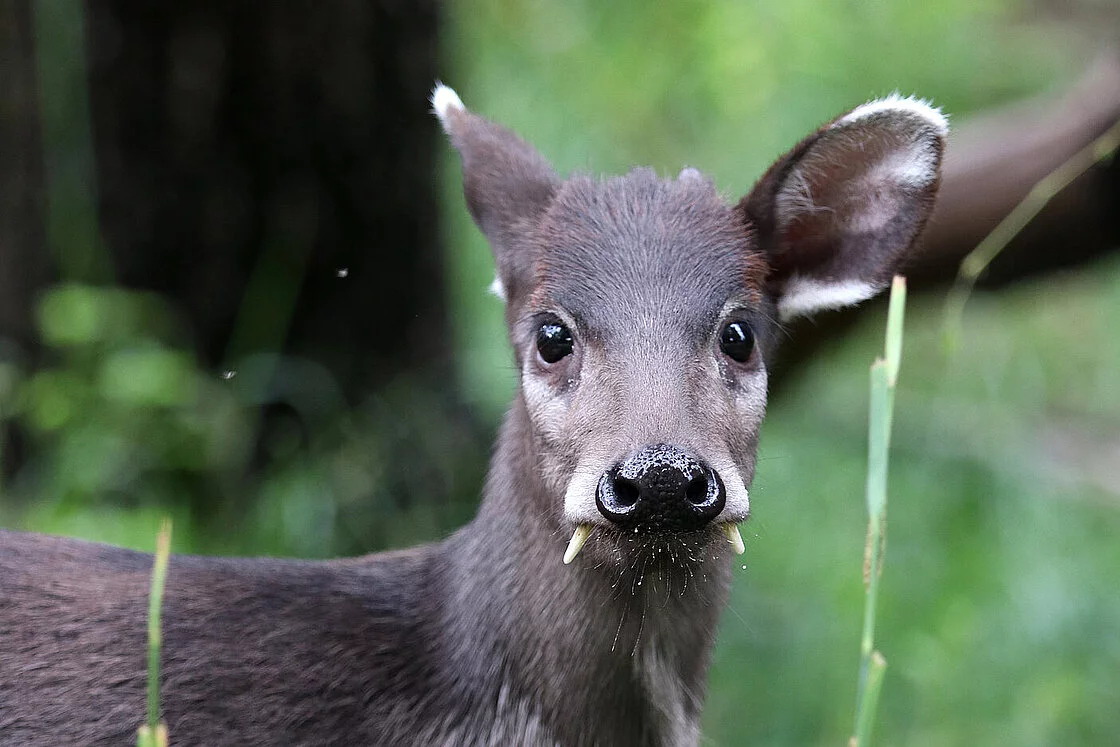
Red Pandas: Adorable Faces, Surprisingly Not Related to Pandas
The internet loves red pandas. Those irresistibly cute, round faces with expressive eyes and a bushy, ringed tail have captured hearts worldwide. But beneath the fluff lies a surprising truth: despite the names, red pandas aren’t actually closely related to the black and white giant pandas. So, let’s dive into the fascinating world of these “fire foxes” and discover what makes them so special.
A Misleading Moniker
Despite the shared name “panda,” red pandas belong to a completely different family, the Ailuridae, from giant pandas. They are actually more closely related to raccoons and skunks than giant pandas! The name “panda” is likely derived from the Nepali word “ponya,” meaning “bamboo eater,” a fitting description for both red and giant pandas. Believe it or not, the red panda – also called the lesser panda – was the original panda, with the giant panda named later.
Fiery Foxes of the Forest
Red pandas are native to the eastern Himalayas and southwestern China, inhabiting regions with cool temperatures and dense bamboo forests. Their thick, reddish-brown fur provides excellent camouflage amidst the foliage, while their long, bushy tails offer warmth and balance as they navigate the treetops.
Here’s where things get interesting: unlike giant pandas, red pandas are omnivores. Their bodies, however, hold a surprising evolutionary quirk. Despite being classified as carnivores based on their teeth and digestive system, red pandas rely heavily on bamboo for sustenance. Their digestive system struggles to efficiently break down this tough, cellulose-rich plant, and they can only extract about 24% of the nutrients. To compensate, red pandas must consume a staggering amount of bamboo every day, spending a significant portion of their time foraging and eating. They supplement this diet with fruits, insects, and even small birds, but bamboo remains their primary food source.
Solitary Souls with a Social Side
Red pandas are primarily solitary creatures, except during breeding season. They communicate through vocalizations like chirps and whistles, and scent marking is also used to define territories. Despite their solitary nature, red pandas are not averse to some social interaction. They’ve been observed playfully wrestling with each other, particularly during the breeding season.
A Species in Need
Sadly, red pandas are classified as Endangered by the IUCN. Habitat loss due to deforestation and climate change are significant threats. Additionally, their limited range and slow reproductive rate make them particularly vulnerable.
Preserving the Red Panda
Conservation efforts are crucial for the future of red pandas. Protecting their habitat, promoting sustainable forestry practices, and raising awareness about these charismatic creatures are all essential steps. Organizations like the Red Panda Network are dedicated to their conservation and offer ways for everyone to get involved.
Red pandas are more than just adorable faces. These fascinating creatures play a vital role in their ecosystem, and their future depends on our actions. By learning more about them and supporting conservation efforts, we can ensure that these fire foxes of the forest continue to light up our world.
More photos below ↓














